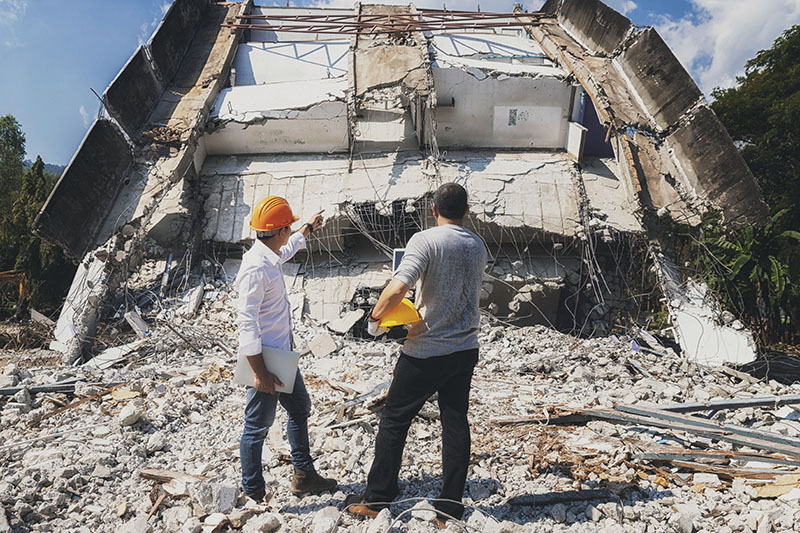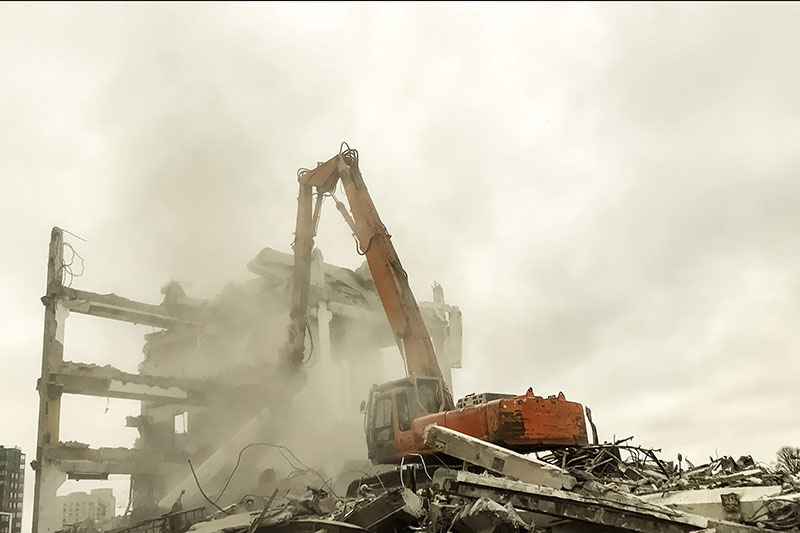Hiring a demolition company is a crucial step when planning a project that requires removing a structure safely and efficiently. Whether you need a house demolition, commercial site teardown, or selective removal, the process involves careful planning, expert execution, and strict safety measures. Knowing what to expect ensures a smooth experience while avoiding unnecessary delays and costs.

The demolition process involves several key phases, from selecting the right contractor to site cleanup. Here’s what to expect when working with a professional demolition company.
Not all demolition companies offer the same level of expertise. Before making a decision, research companies with proven experience in demolition services. Look for:
Hiring a professional demolition company ensures that the job is handled efficiently, reducing the risk of accidents and structural damage to surrounding areas.
Once you’ve selected a demolition company, the next step is a site assessment. The contractor will inspect the property, identify hazards, and develop a plan that includes:

The actual demolition begins once the site is cleared and secured. A reputable demolition company will use heavy machinery such as excavators, bulldozers, and wrecking balls to dismantle the structure systematically.
During this phase, safety remains the top priority. Contractors follow strict guidelines to:

After the structure is taken down, debris removal is the next essential step. Most demolition companies offer concrete hauling and waste management services to clear the site efficiently.
Key tasks during cleanup include:
This phase prepares the site for new construction, landscaping, or repurposing.
Before signing a contract, ask your demolition company the following questions:
Hiring the right demolition company guarantees efficiency, compliance, and a seamless transition to the next phase of your project.
If you’re planning a demolition project, choosing an experienced demolition company ensures a safe and efficient process from start to finish. Contact Jay’s Demolition Inc today to discuss your project needs and get a free estimate.
For more demolition insights, please visit our blog page.